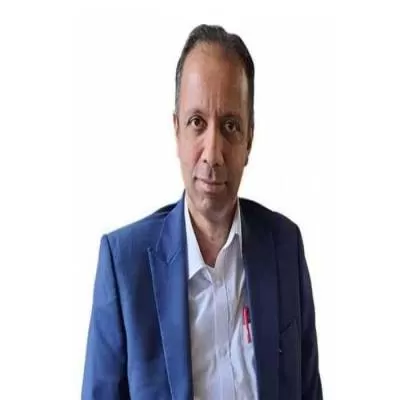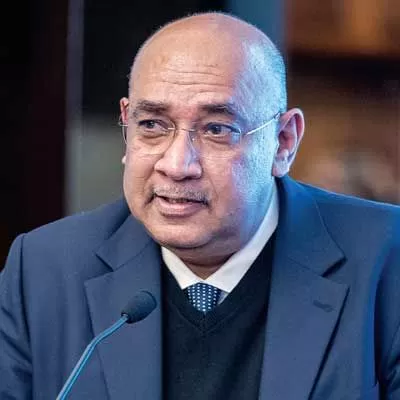- Home
- Infrastructure Urban
- ECONOMY & POLICY
- India to have 35 districts as open defecation free

India to have 35 districts as open defecation free
In the first year of the mission, an increase of 446 per cent in construction of toilets was observed, as compared to the pre-SBM period of 2014-15, according to reports. And, 35 districts and about 1 lakh villages are targeted to be declared open defecation free. Reports point out that, claiming to be the biggest mass mobilisation in history, the Swachh Bharat Mission focuses on changing behaviour rather than just on construction of toilets.
Further, this became a good source of income for many as they sold 1 lakh kg scrap, worth about Rs 5 lakh between February 2015 and August 2016. A World Bank study estimates that the resulting loss to the Indian economy is 6.4 per cent of the GDP because of poor sanitation. According to the London School of Hygiene and Tropical Medicine, India would save $19 billion worth healthcare costs if everyone started washing their hands with soap before meals and after defecation.
Many states of India are already on the verge of becoming open defecation-free – Gujarat, Kerala, Himachal Pradesh, Uttarakhand, and Mizoram are likely to achieve open defecation-free status for all rural areas in their state by March 31, 2017. ANd reports show that the performance of the Swachh Bharat Mission Gramin is on track to meet its targets well before October 2, 2019.
The Ministry of Drinking Water and Sanitation has recently revealed the progress of the Swachh Bharat Mission Gramin in the last two years. As per reports, 2.4 crore toilets have been constructed under the Swachh Bharat Mission and 15.04 lakh under MNREGA across rural India. The rural household toilet coverage has increased from 42 per cent since the commencement of the Swachh Bharat Mission Gramin to 55.34 per cent. In the first year of the mission, an increase of 446 per cent in construction of toilets was observed, as compared to the pre-SBM period of 2014-15, according to reports. And, 35 districts and about 1 lakh villages are targeted to be declared open defecation free. Reports point out that, claiming to be the biggest mass mobilisation in history, the Swachh Bharat Mission focuses on changing behaviour rather than just on construction of toilets. Further, this became a good source of income for many as they sold 1 lakh kg scrap, worth about Rs 5 lakh between February 2015 and August 2016. A World Bank study estimates that the resulting loss to the Indian economy is 6.4 per cent of the GDP because of poor sanitation. According to the London School of Hygiene and Tropical Medicine, India would save $19 billion worth healthcare costs if everyone started washing their hands with soap before meals and after defecation. Many states of India are already on the verge of becoming open defecation-free – Gujarat, Kerala, Himachal Pradesh, Uttarakhand, and Mizoram are likely to achieve open defecation-free status for all rural areas in their state by March 31, 2017. ANd reports show that the performance of the Swachh Bharat Mission Gramin is on track to meet its targets well before October 2, 2019.




















